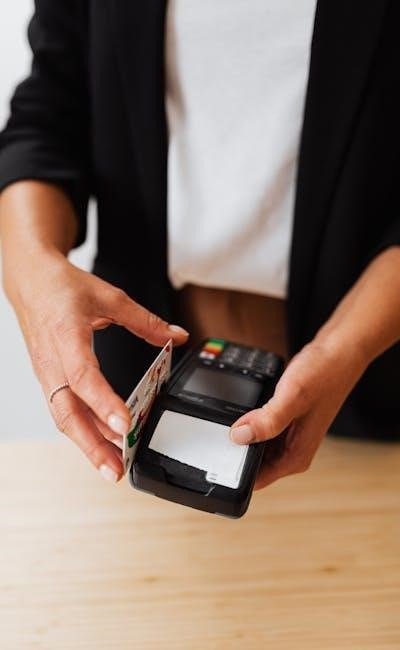
While Verified by Visa (VBV) adds a layer of security to online transactions‚ many credit cards aren’t enrolled. This necessitates robust identity theft prevention strategies. This article details how to safeguard your financial security when using non-VBV cards‚ covering credit card security‚ fraud protection‚ and proactive measures against financial fraud and cybercrime.
Understanding the Risks
Without VBV‚ the risk of identity fraud increases. Common threats include:
- Phishing: Deceptive emails or websites tricking you into revealing card details.
- Skimming: Illegally copying card information from the EMV chip or magnetic stripe.
- Data Breaches: Compromised databases exposing your data security.
- Unauthorized Charges: Fraudulent purchases made with your stolen information.
Data breaches at retailers are a significant concern‚ highlighting the need for constant vigilance. Payment security relies heavily on individual responsibility.
Protecting Your Credit Card Information
Secure Online Shopping Practices
Secure online shopping starts with verifying website legitimacy. Look for:
- HTTPS in the URL – indicating an encrypted connection.
- A padlock icon in the browser address bar.
- Reputable retailers with strong data security measures.
Avoid using public Wi-Fi for online transactions. Be wary of unsolicited emails requesting financial information.
Card Security Features & Best Practices
Leverage available cardholder security features:
- Card Verification Value (CVV): Never share your CVV over the phone or in an email.
- PIN: Protect your PIN and never write it down.
- Contactless Payments & Digital Wallets: While convenient‚ understand the security implications and use reputable providers.
Proactive Fraud Prevention & Monitoring
Account Monitoring & Security Alerts
Regularly review your credit card statements for unauthorized charges. Sign up for security alerts from your bank – these can notify you of suspicious activity. Account monitoring is crucial.
Credit Reports & Fraud Alerts
Obtain your credit reports from all three major credit bureaus annually. Consider placing a fraud alert on your credit file‚ requiring creditors to verify your identity before opening new accounts.
Two-Factor Authentication
Enable two-factor authentication wherever possible‚ adding an extra layer of security to your online accounts.
What to Do If You Suspect Fraud
Dispute Resolution & Zero Liability
Immediately report any suspected fraud to your credit card issuer. Most cards offer zero liability protection for unauthorized charges. Understand the dispute resolution process.
Identity Protection Services
Consider subscribing to identity protection services that offer credit monitoring‚ fraud alerts‚ and assistance with identity fraud recovery.
Consumer Protection & Risk Management
Familiarize yourself with consumer protection laws regarding financial fraud. Effective risk management involves a combination of preventative measures and prompt action when issues arise. Prioritize financial security by staying informed and vigilant.




Excellent article! I appreciate the focus on proactive fraud prevention. It
This is a really helpful and concise guide to protecting yourself when using credit cards online, especially those *without* Verified by Visa. The breakdown of risks like phishing and skimming is clear, and the practical advice – checking for HTTPS, avoiding public Wi-Fi, and protecting your CVV – is something everyone should be doing. It